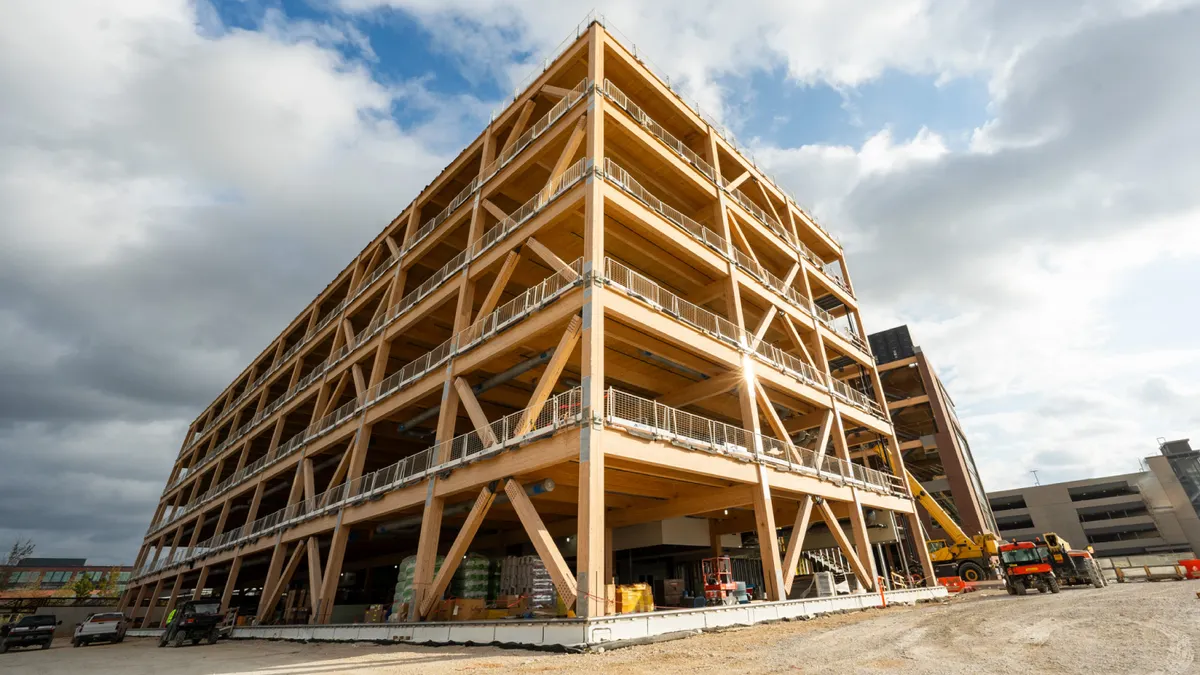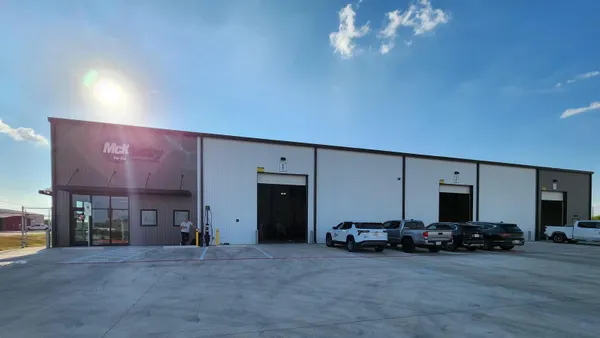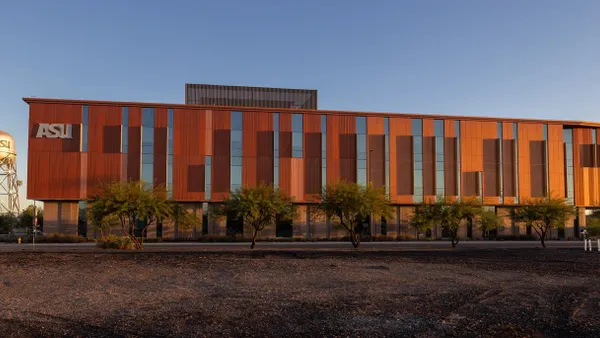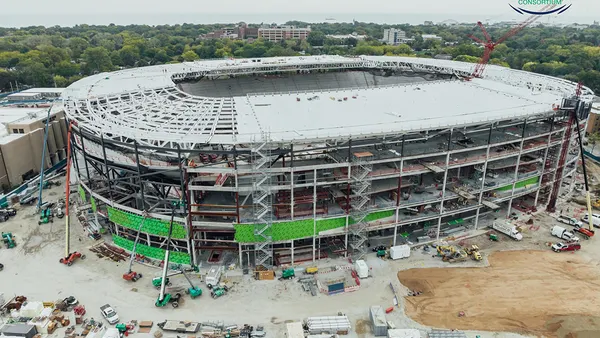Dive Brief:
- The 2015 fourth-quarter backlog of nonresidential construction projects increased 2.7% from the third quarter to 8.7 months, but the big story is that the South broke its own third-quarter backlog record and rose another 8.7% to 11.19 months, according to the Associated Builders and Contractors Construction Backlog Indicator.
- January 2016’s nonresidential construction spending was up 12.3% since January 2015, but the ABC noted that the second half of 2015 saw slow growth, which is reflected in the backlog.
- The ABC said infrastructure was the big winner in the fourth quarter, benefiting from a multi-year highway bill and achieving a backlog of 12.2 months, another record for the backlog indicator.
Dive Insight:
Regionally, the ABC reported the South’s record backlog and increased activity in both residential and commercial construction was helped along by transportation spending and the fastest-paced population growth in the country.
In the Middle States, auto and health care remain the drivers of industrial. Although manufacturing has started to stabilize, a sluggish energy sector contributed to only a modest increase in backlog. In the Northeast, the ABC says, backlog stayed constant on federal spending and multifamily construction. The West saw its backlog increase despite grumblings about a perceived slowdown in tech company expansion and conjecture around inordinately high tech firm valuations.
The ABC added that large general contractors ($100+ million annual revenue) and subcontractors ($30 million-$50 million) are reporting the longest backlogs, indicating that bigger companies are experiencing relatively stronger growth. While backlogs in the largest firms are an average of 10-12 months, backlogs for smaller firms (less than $30 million in annual revenue) are holding steady at 7.2 months.
ABC Chief Economist Anirban Basu said contractors are once again in the position of turning down work because of skilled worker shortages and that the call for qualified workers will continue, pushing wages and costs up and extending timelines.












